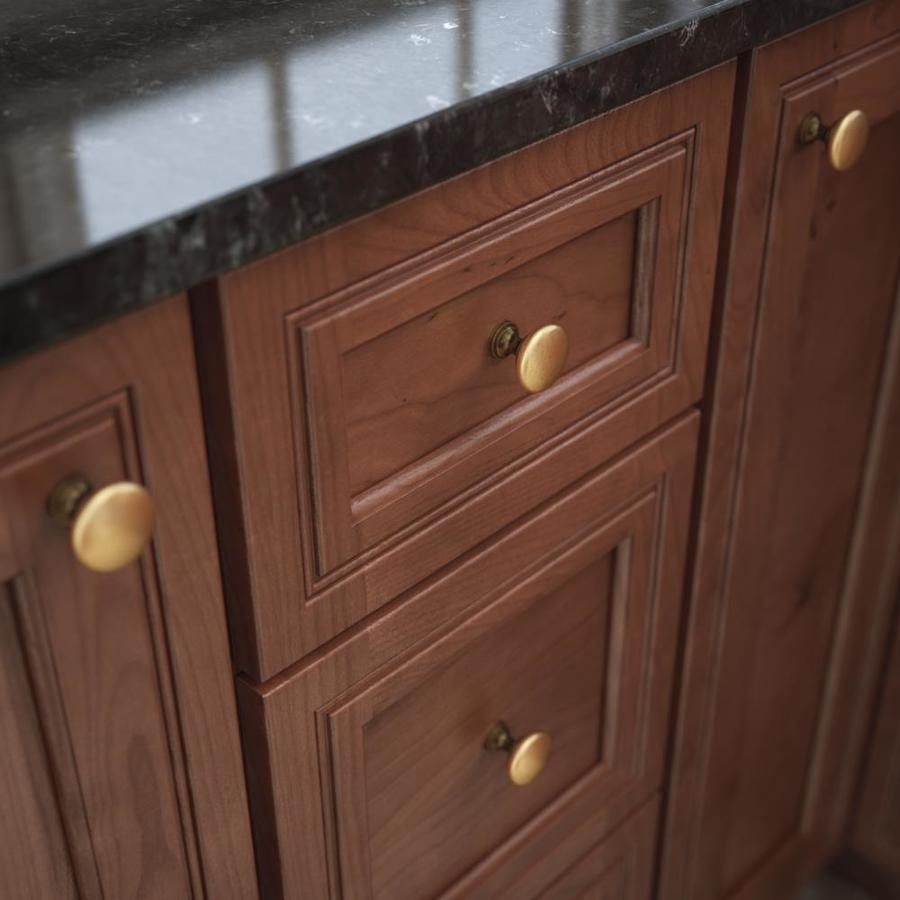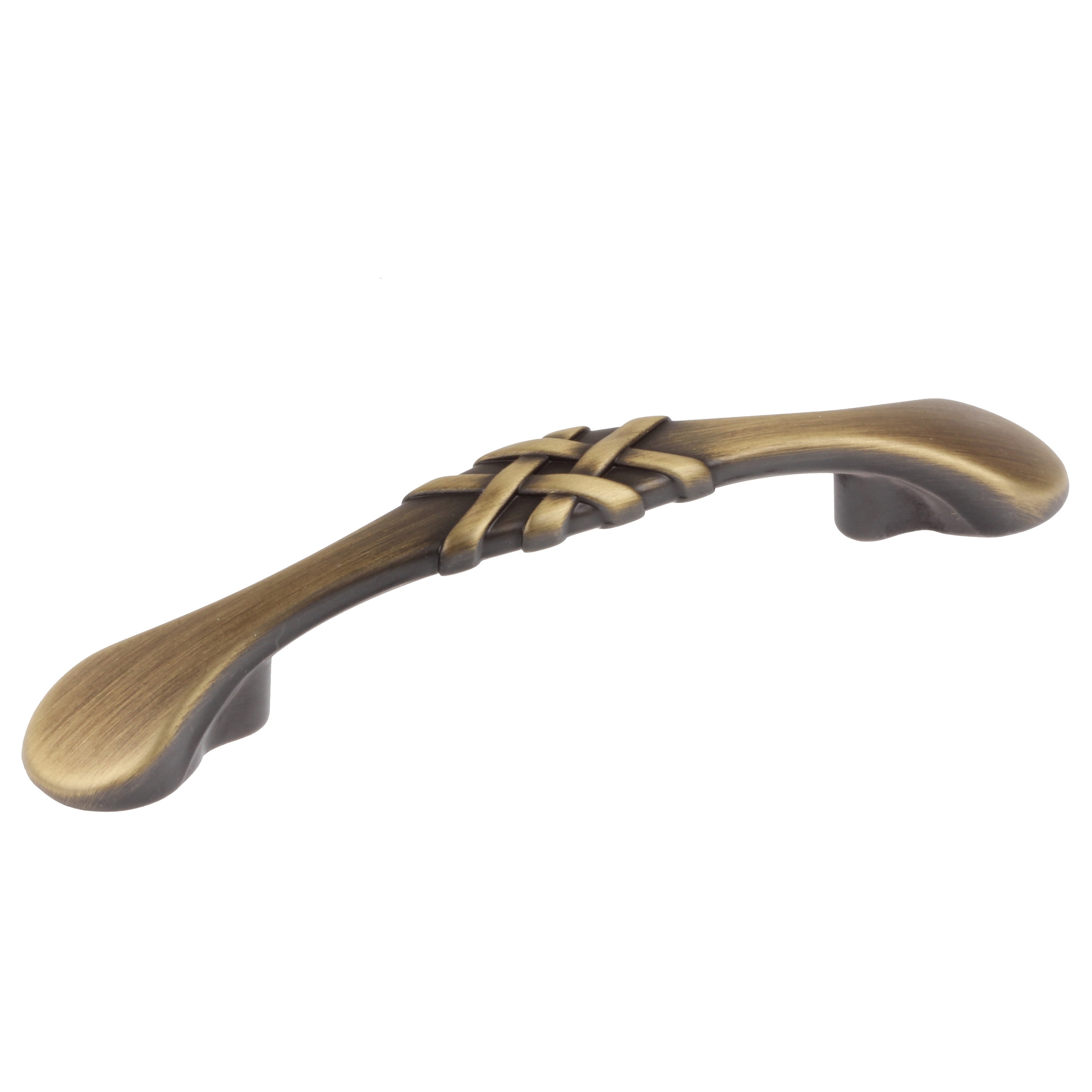

Early 18th century - In the early 1700s, drawer pulls took on the bail shape that is still common today, hanging from two pins that curved inward to complete the handle.There may be ridges and bumps on the surface. The back of the plate is not uniform in texture, since it was sand cast. Late 17th century - During the late 17th century, known as the William and Mary period, drawer pulls were often "drop" pulls with a single knob that hung from a flat brass plate.

Look at the texture of the pull, the material it's made of, and the style. These can help with dating antique furniture handles. According to Antique Trader, drawer pull construction went through many distinct phases over the years. The style and construction of antique drawer pulls offer clues about the date the hardware was made. The steel construction quickly allowed nails to be drawn instead of stamped by a machine, and around 1890, this became standard practice. 1885 and later - In 1885, nails began to be made of steel instead of wrought iron.Until 1885, nails were constructed from wrought iron. The top two edges of the nail are slightly rounded from the die going through, and the bottom two edges have little ridges or burrs. 1790 to 1890 - During this period, machines stamped nails from sheets of iron using dies like cookie cutters.Hand-forged nails usually date a piece of antique furniture to before 1790. Before 1790 - Nails were made by hand before 1790, which means a blacksmith turned the nail and then added a "rose head" by flattening the top with a hammer.According to the Journal of Antiques, nail styles and construction changed dramatically throughout the years. Are they uniform in size? Are they round or square? You can use the characteristics of the nail to date your hardware and antique furniture. If your piece has nails used in it, look carefully at the individual nails. Nail construction also changed dramatically over the years. Winchester Firearms Values of Antique ModelsĮxamining Antique Nail Construction for Age.Antique Pottery Marks to Identify Makers & Age.Types of Antique Drawer Pulls With Pictures.Fully machine-made screws quickly became the norm, and most furniture from the late 19th century and after features screws that are uniform. 1856 and later - The first screws to be made completely by machine date to 1856.In screws from this era, the rest of the screw is uniform, but the slots will vary in placement. The furniture maker had to cut the slot with a hacksaw, and it was often off center. Mid-19th century - During the middle of the 1800s, furniture makers often used machine-made screws, but they screws did not have a slot.The thread pattern on these screws will be more uniform, but the heads and slots may still be off center. Early 19th century - Until about 1846, screws were made partially by machine.The screws will not be uniform with heads off center and slots off center on the heads. In handmade screws, you will notice variation in size and shape of screws used in a piece of furniture. 18th century and earlier - Prior to the early 19th century, most screws were made by hand.Is the slot on the top of the screw centered? Is the head of the screw centered? Are all the screws in a piece the same? According to the Journal of Antiques, there are many clues in screw construction that hint at dates: Take a moment to look at the screws attaching the hardware to the furniture or holding the furniture together. Whether restoring furniture, updating kitchen cabinets or starting from scratch these antique drawer pulls will add quality and style to your project.How to Date Furniture Hardware: Age of Screws Which is why they are a favorite of woodworkers, cabinetmakers and antique restorers. Their designs and workmanship have stood the test of time. Antique drawer pulls provide a comfortable harmony with furniture and cabinetry. They are sized to fit furniture of their era. Our antique drawer pulls are made to look and feel like actual furniture handles of the period copied from. These reproduction furniture handles are representative of the period each represents. Each is authentically reproduced. They include Chippendale, Colonial, Hepplewhite, Victorian, Mission and Mid Century. The handles in our vintage cabinet hardware collection are grouped by period. Whether restoring furniture, updating kitchen cabinets or starting from scratch these antique drawer pulls will add quality and style to your project.


 0 kommentar(er)
0 kommentar(er)
